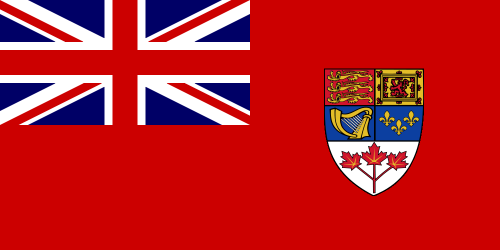On July 3, 1776, Congressman John Adams of the newly independent State of Massachusetts wrote to his wife Abigail:
The second day of July, 1776, will be the most memorable epoch in the history of America. I am apt to believe that it will be celebrated by succeeding generations as the great anniversary festival. It ought to be commemorated as the day of deliverance, by solemn acts of devotion to God Almighty. It ought to be solemnized with pomp and parade, with shows, games, sports, guns, bells, bonfires, and illuminations, from one end of this continent to the other, from this time forward forever more.
July 2, 1776 was the day that the Second Continental Congress voted to declare the thirteen unoccupied British North American colonies (the Bahamas, Nova Scotia, and Canada had been reoccupied by British troops) independent of British rule. This makes it one of the stronger candidates for America’s independence day. Others include:
- October 19, 1781 – British surrender at Yorktown
- September 3, 1783 – Treaty of Paris recognizing American independence signed
- January 14, 1784 – Congress ratifies the Treaty of Paris
- January 8, 1815 – American victory in the Battle of New Orleans
- June 23, 1865 – last Confederate unit surrenders, ending the War of the Rebellion
Given all of those choices, July 4 it is.
In honor of whichever Independence Day you choose to celebrate this weekend, here’s a reconstruction of how the Declaration of Independence evolved from the first draft by Thomas Jefferson (blue) to the revised draft by the Committee of Five (John Adams, Benjamin Franklin, Thomas Jefferson, Robert Livingston, and Roger Sherman (red) to the changes made by the Continental Congress as a committee of the whole (bold black) (source). The blue strikeout line indicates words struck out by Congress or the Committee of Five:



